This University of Utah medical school alum runs the largest biomedical research institute in the world
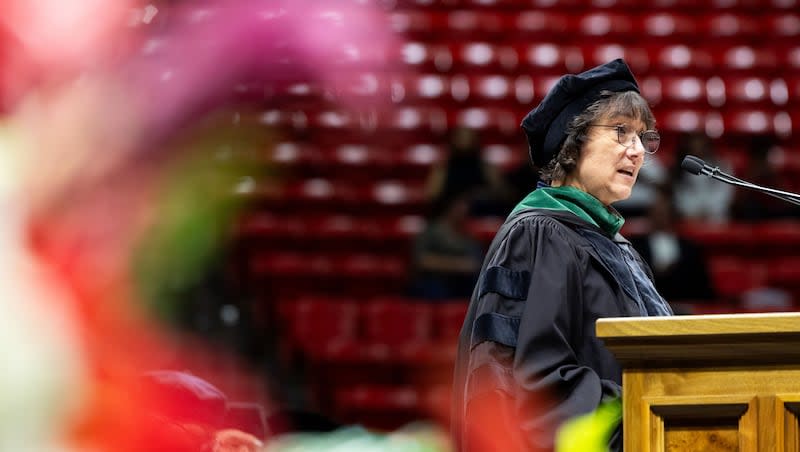
It was a full circle moment.
Dr. Monica Bertagnolli, director of the National Institutes of Health, sat on the dais Friday taking in commencement exercises for the University of Utah’s Spencer Fox School of Medicine’s class of 2024.
Thirty-nine years ago, Bertagnolli was sitting among her medical school classmates for her own medical school graduation ceremony at the University of Utah. There were fewer than 10 women in her graduating class in 1985. This year, 54% of the graduating class are women.
After medical school, Bertagnolli trained in surgery at Brigham and Women’s Hospital and was a research fellow in tumor immunology at the Dana-Farber Cancer Institute. She is the first woman to lead the institute’s surgical oncology division.
She has been at the forefront of the field of clinical oncology. Her research focuses on the genetic mutations that lead to gastrointestinal cancer and how inflammation stimulates cancer.
Prior to her appointment as the director of the National Institutes of Health in 2023, Bertagnolli was director of the National Cancer Institute. NIH is the largest biomedical research institute in the world. It has 27 institutes and centers and has an annual budget of more than $47 billion.
Bertagnolli, who delivered the commencement address, reflected on significant advances in the treatments for hemophilia and acquired immunodeficiency syndrome, or AIDS, since she graduated from medical school.
“We celebrate that for a disease that was formerly highly debilitating and sometimes lethal, the life expectancy for people in the United States with hemophilia is now equal to that of the general population and we can now entertain the possibility of a cure,” she said.
In the early 1980s, when Bertagnolli started medical school, an AIDS diagnosis “was considered a death sentence,” she said.
“We did not know what to do to treat it or how to prevent its spread,” she said.
It wasn’t until the mid-1980s that a blood test to detect the human immunodeficiency virus was widely available in the United States.
Despite public health campaigns intended to contain HIV spread, new diagnoses and fatalities rapidly escalated in the United States and around the world.
“In June 1995, the FDA approved the first protease inhibitor targeting HIV replication and just six months later came the first combination regimen targeting viral replication. ... AIDS diagnoses and deaths began to fall almost immediately,” she said.
Treatments have continued to advance with the development of antiretroviral and pre-exposure prophylaxis, or PrEP, drugs.
“As a result, mortality rates for those infected with HIV have now approached that of the general population,” Bertagnolli said.
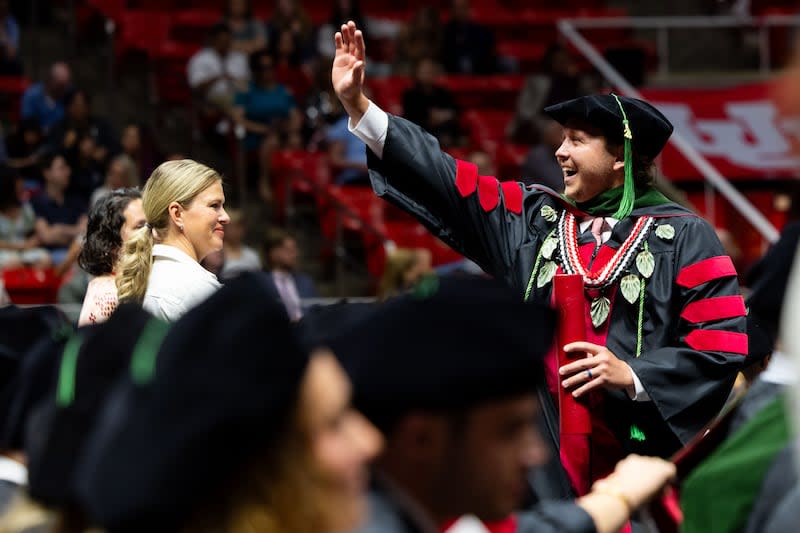
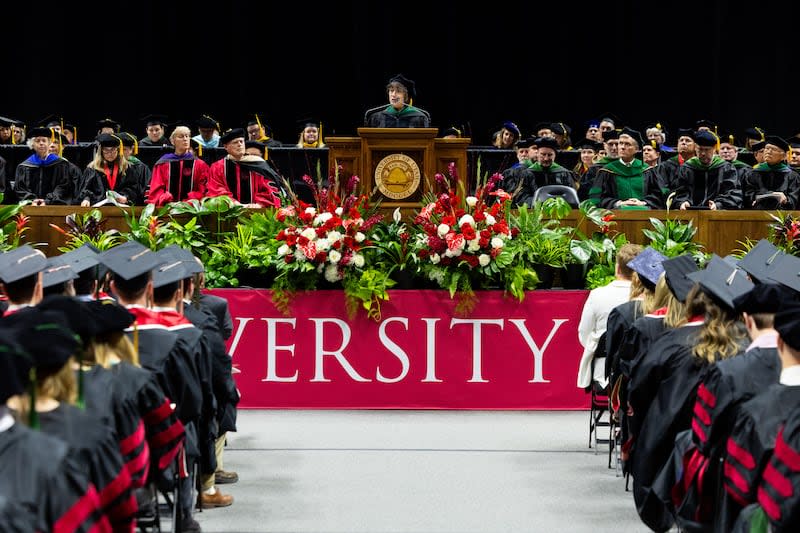



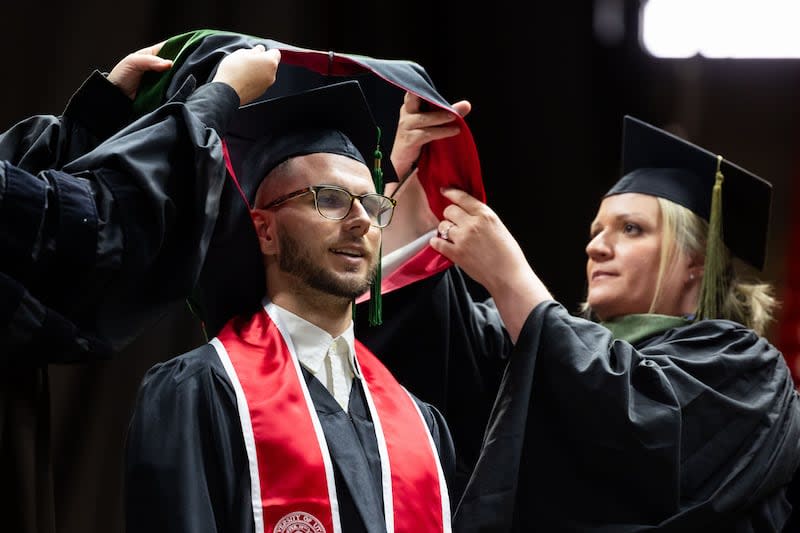
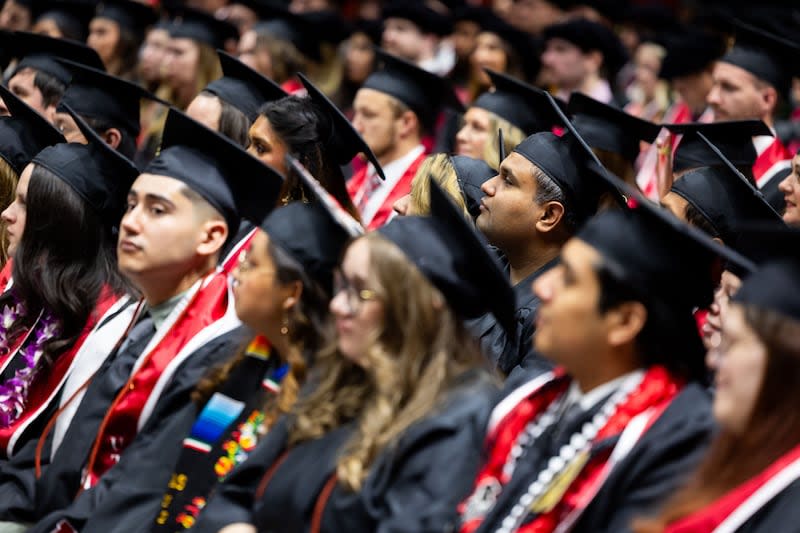
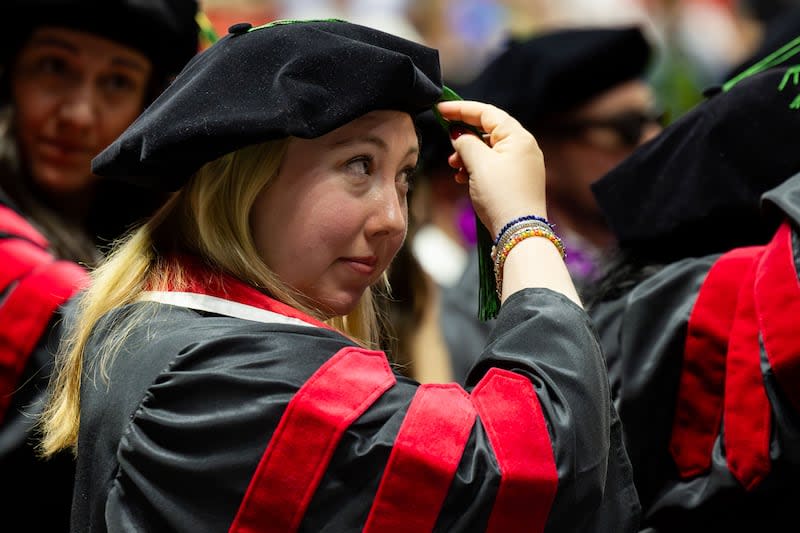
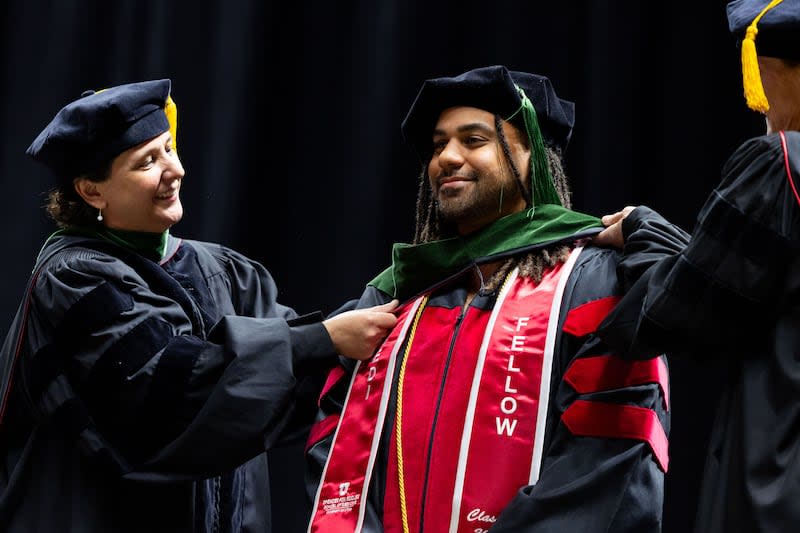
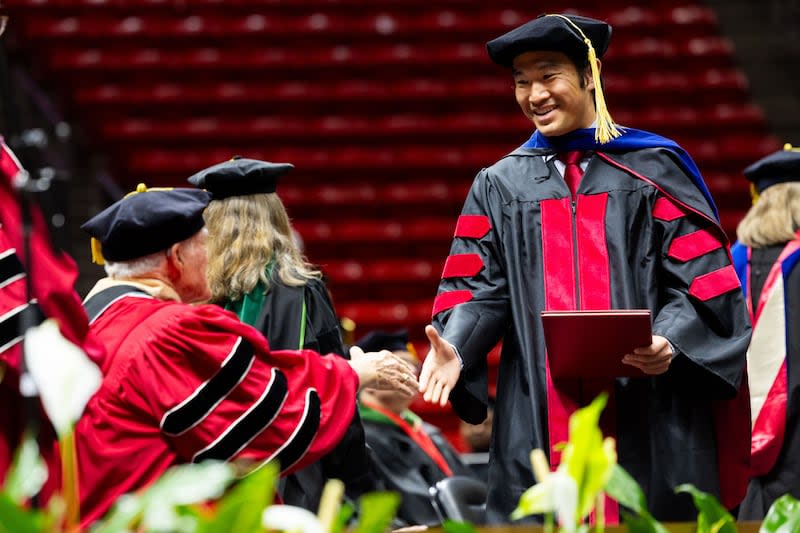
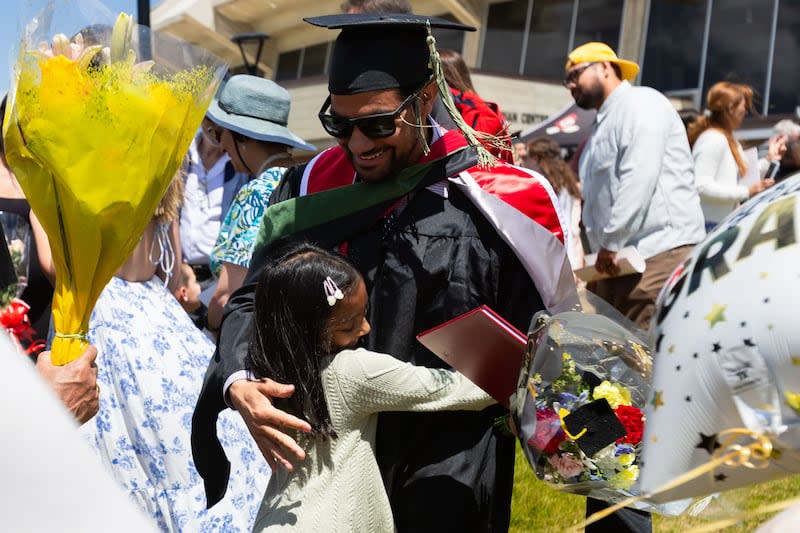
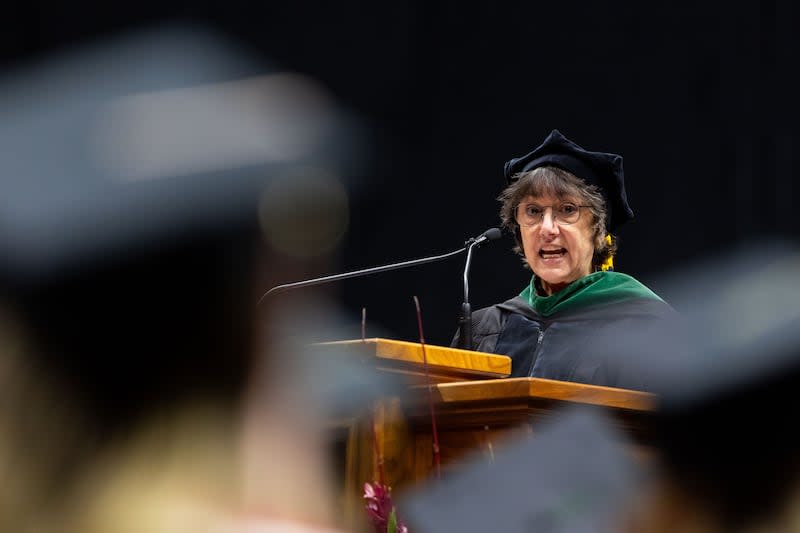
While there have been many advances in medical science over the years and new tools at researchers’ disposal, many challenges remain to develop treatments and perhaps cures for diseases that continue to vex researchers.
For example, some 35 million people in the United States suffer from rare diseases, many of which are tied to mutation of a single gene, Bertagnolli said.
“How do we scale the development of gene therapy to meet the needs of those with rare diseases? If we succeed, how do we pay for this? This is the hope that so many have been looking for and we can’t let them down,” she said.
Today’s researchers have exciting tools that help increase the pace of developing treatments or vaccines, she said.
One significant technological advance has been the electronic health record, which has had broad adoption across the country.
“It’s a way when each of us goes to see a doctor, it has information about us, what happened, what our health was, how we were treated and that gets recorded. One of the things we’re working on at the NIH and across all of the Health and Human Services Department is to develop ways where we can use the information coming from the electronic health record and every clinical visit as a way of improving health,” she said.
Online shoppers are keenly aware that e-commerce merchants track their purchases. “They know exactly who we are and what we’re interested in,” she said.
Medical researchers can use that same technology in a respectful way, with people’s permission, “which I also am pretty passionate about. I don’t think we should be doing research with people’s health information unless we have their direct permission. So with people’s permission, it’s being able to use this technology to benefit everyone,” said Bertagnolli, who grew up on a ranch in southwest Wyoming and earned a bachelor’s degree in engineering from Princeton University.
Trust plays a significant role in use of the data and encouraging patients to try new treatments or vaccines.
During the pandemic, some people balked at vaccination, which Bertagnolli said was understandable considering the pandemic’s disruption of people’s lives, concerns that some people who were vaccinated still got COVID-19, and medical science’s evolving understanding of the virus.
Even though some people contracted COVID-19 after vaccination, they tended to have milder cases. The vaccines also provide relief for some patients with “long COVID.”
But deciding whether to get vaccinated is personal.
“I wouldn’t want to go to somebody who really really really didn’t want to take a vaccine and try and convince them otherwise. That’s just not appropriate. People get to decide based on whatever their belief systems are, what is right for them. That’s their decision. But what I would do instead is really try to get their trust for other things,” she said.
“‘Are there other things that you that can directly benefit from, that you can be a research partner for?’ We certainly don’t build trust by preaching to people or giving out public service announcements. We build trust by being present, being respectful and helping people get what they need. Research that meets the needs of the individual people, that really delivers for them, is going to build this trust.”

